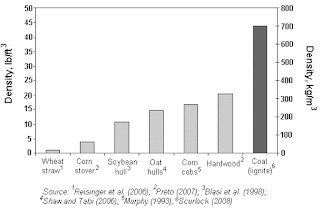WIND Energy
Wind is the natural movement of air across the land or sea. Wind is caused by uneven heating and cooling of the earth's surface and by the earth's rotation. Land and water areas absorb and release the different amount of heat received from the sun. As warm air rises, cooler air rushes in to take its place, causing local winds. The rotation of the earth changes the direction of the flow of air. Wind is simple air in motion. It is caused by the uneven heating of the earth's surface by the sun. Since the earth's surface is made of very different types of land and water, it absorbs the sun"s heat at different rates. During the day, the air above the land heats up more quickly than the air over water. The warm air over the land expands and rises and the heavier, cooler air rushes in to take its place, creating winds. At night, the winds are reversed because the air cools more rapidly over land than over water. Today, wind energy is mainly used to generate electr

